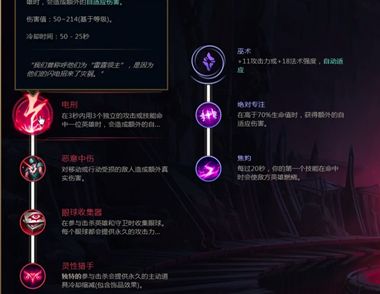虽然现在已是隆冬季节,但在如今的超市里各种各样的水果还是很多,下面我们就用PS来绘制哈密瓜,很诱人哦!
(本文来源于图老师网站,更多请访问http://m.tulaoshi.com/ps/)最终效果:

制作工具:Photoshop CS
制作过程:
1、新建一个文件,在图层面板中新建一层,命名为瓜皮,在工具箱中选择”举行选框工具“,在图像窗口中绘制如图01所示的椭圆。

2、在工具箱中设置前景色的RGB分别为159、182、115,填充选区,图像效果如图02所示。

[next]
3、切换至通道面板,将选区存储为Alpha 1,效果如图03所示,取消选择。

4、双击瓜皮图层,弹出图层样式对话框,选择“内发光”选项,设置参数如图04所示,图像效果如图05所示。


[next]
5、在背景层上新建图层,将瓜皮层与新建的空图层链接向下合并为普通层。在工具箱中选择“钢笔工具”,在椭圆的上半部分建立选区,切换到路径面板中,单击“将路径作为选区载入”按钮将路径转换为选区,效果如图06所示,然后按Delete键将选区部分删除,效果如图07所示。


[next]
6、选择工具箱中的“钢笔工具”,在图像窗口中绘制路径如图08所示,将其转换为选区,然后按Delete键将选区部分删除,选择工具箱中的“加深工具”,在瓜瓣根部涂抹,效果如图09所示。


[next]
7、执行菜单栏中的“滤镜”“杂色”“添加杂色”命令,在弹出的对话框设置参数如图10所示,执行后图像效果如图11所示。


[next]
8、切换到通道面板,新建Alpha 2通道,执行菜单栏中的“编辑”“填充”命令,在弹出的对话框中设置参数如图12所示,填充后的效果如图13所示。


[next]
9、执行菜单栏中的“滤镜”“杂色”“添加杂色”命令,在弹出的对话框设置参数如图14所示,执行后图像效果如图15所示。


[next]
10、执行菜单栏中的“滤镜”“像素化”“晶格化”命令,在弹出的对话框设置参数如图16所示,执行后图像效果如图17所示。


[next]
11、执行菜单栏中的“滤镜”“风格化”“查找边缘”命令,执行后图像效果如图18所示,然后按Ctrl+L键,弹出色阶对话框,设置参数如图19所示,画面效果如图20所示。



[next]
12、选择工具箱中的“魔棒工具”选中画面中的黑色,回到图层面板在背景层上新建图层1,设置前景色的










